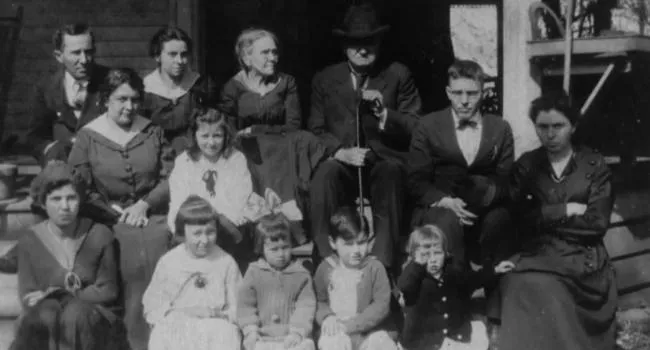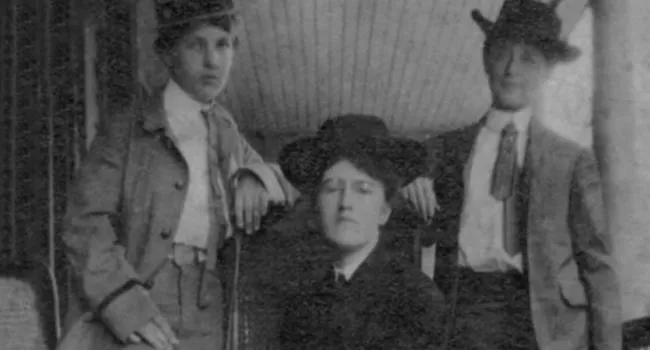Beginning in 1899, the Poppenheim sisters published a monthly magazine called The Keystone. The magazine pointed out the manner in which the Confederate “Lost Cause” movement celebrated the Confederacy and suffused White middle and upper class society. This club movement by both Black and White middle class women were parallel; out of this particular movement came offshoots which dealt with suffrage. Marion Bernie Wilkinson of Charleston, SC became the most important Black club woman in the state. Wilkinson founded the SC Federation of Colored Women’s Clubs in 1909, which becomes an important organization in the state. Wilkinson was also active in the National Association of Colored Women, and very involved in a network of Black professional women who led reform efforts in cities across the U.S.
At the beginning of the twentieth century, the national movement for women’s suffrage surged ahead. The day before President Woodrow Wilson’s first inauguration, a parade held in Washington, D.C. brought new inspiration and attention to the call for a constitutional amendment guaranteeing women the right to vote. This led to a new generation of South Carolina women to advocate for the vote.
Standards
- 8-5 The student will understand the impact of Reconstruction, industrialization, and Progressivism on society and politics in South Carolina in the late nineteenth and early twentieth centuries.
- USHC-4 The student will demonstrate an understanding of the industrial development and the consequences of that development on society and politics during the second half of the nineteenth and the early twentieth centuries.
- USHC.3.CE Assess the causes and effects of significant turning points in the Populist and Progressive era from 1877–1924.
- 8.3.CC Analyze debates and efforts to recognize the natural rights of marginalized groups during the period of expansion and sectionalism.
- 4.5.E Analyze multiple perspectives of the economic, political, and social effects of Reconstruction on different populations in the South and in other regions of the U.S.
- This indicator was developed to encourage inquiry into founding principles as viewed through this period of federal government involvement, the development and realignment of a new labor system not based on a system of slavery, and the significant political realignment of the South.



